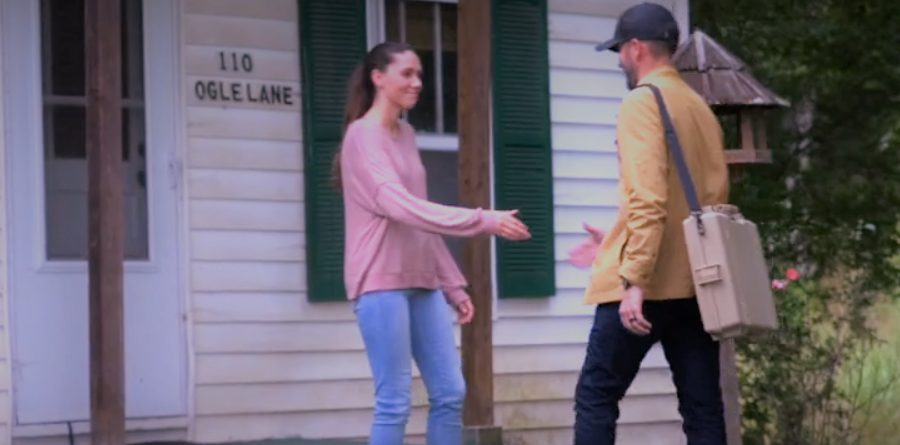At some point, most of us have or will need to submit an insurance claim. Following these tips on how to prepare for an insurance claim and/or a visit from your claims adjuster can make make a big difference in how the process goes…and how long it takes.
This is especially important right now as we watch hurricanes and fires batter some of the same regions over and over. We are also seeing more volatile weather patterns resulting in unpredictable weather, more frequent large scale disasters, and stronger storms overall. We recommend bookmarking or following these important agencies so you have the most up-to-date information on expected events and how they may affect you.
Even if you aren’t in a natural disaster zone, getting and staying prepared is still a good idea. Every claim, every company, every situation is a little different. So while we can’t offer specific information about your claim or the process for your insurer, we can offer general advice on how to prepare as best you can for a visit from an insurance adjuster.
#1: Open Communication Channel
To put it simply, you need to make sure your insurance company has a way to reach you. This can get tough in the wake of a catastrophe when phone lines and internet are down. But as soon as you can, make sure your insurance company and/or adjuster has a way (or ways) to reach you.
The fastest way to get your settlement is to ensure communications can flow between you and your insurance company and contact. Typically, that is your cell phone. But if lines are down and you’ve been evacuated, it might help to provide additional phone numbers or emails and indicate which channels are best given your current situation.
#2: Be Responsive
Depending on the nature of your claim, you might have a LOT going on. Staying safe and taking care of yourself, your family, friends, and neighbors is obviously the top priority. But it’s important to place responding to your insurance adjuster as high on the list as you can.
At the end of the day, a claim can’t be paid out until the adjuster has completed their job. Documentation, inspections, policy evaluation, etc. all need to be done first. The quicker you can respond to your claims adjuster, answer questions, or submit the required documentation…the faster you’ll get paid.
#3: Take and Share Photographs
Photograph everything and don’t hesitate to share it with your adjuster. If you have to throw out spoiled food, photograph it. Was there standing water in your home? Take photos of it because levels and effects will likely change over time. Any photos you have that show what your property looked like beforehand versus afterward can help your adjuster assess damages that you might not be aware of.
Interested in helping people with their insurance claims?
See how you can become a licensed insurance claims adjuster in 5 simple steps. You can make a great living while helping people get back on their feet after a disaster.
#4: Keep Receipts
Does your family keep a box of receipts for items that they purchased? One of the best things you can do is save and protect your receipts…especially for big purchases.
A big part of the insurance claims process is determining the value of your losses or damaged items. So any documentation that shows the adjuster and insurer the value (and age) of your possessions can help save them time and speed along the process.
And truly, you don’t need to have file cabinet of receipts organized by item type, year, or value. A shoe box where you can throw receipts works just as well. And even having some things is better than nothing.
#5: DON’T Clean Up
After a storm or event, it can be tempting to jump right in and start picking up or cleaning. But whenever possible, don’t start working on the property or throw anything away until the adjuster can analyze and assess the damage. Often, how items were damaged, where, the levels and type of damage are all puzzle pieces that will help your adjuster put together a picture of what happened.
If you need to take action to access your property, like remove a fallen tree, make sure to document it with plenty of photos from multiple angles. Take additional photos of any nearby damaged areas that may be affected or changed due to the removal, like roofs, driveways, fences, etc.
While you may be eager to start putting things back to normal, leave things as they are so that the adjuster can inspect the damage unimpeded.
Most of us don’t know when we’ll need to submit an insurance claim, but it is almost certain it will happen to us all at some point. Being prepared for such an event and taking the right steps during the process can help support your claim and your claims adjuster. That means less stress and a quicker settlement for you and your family.



